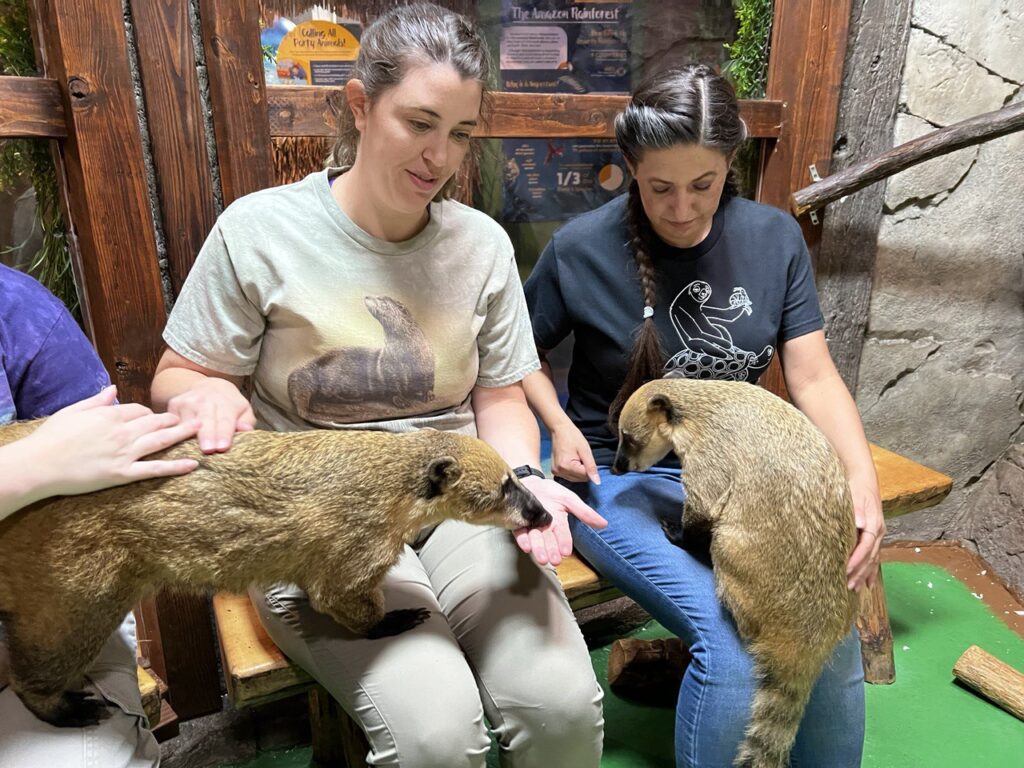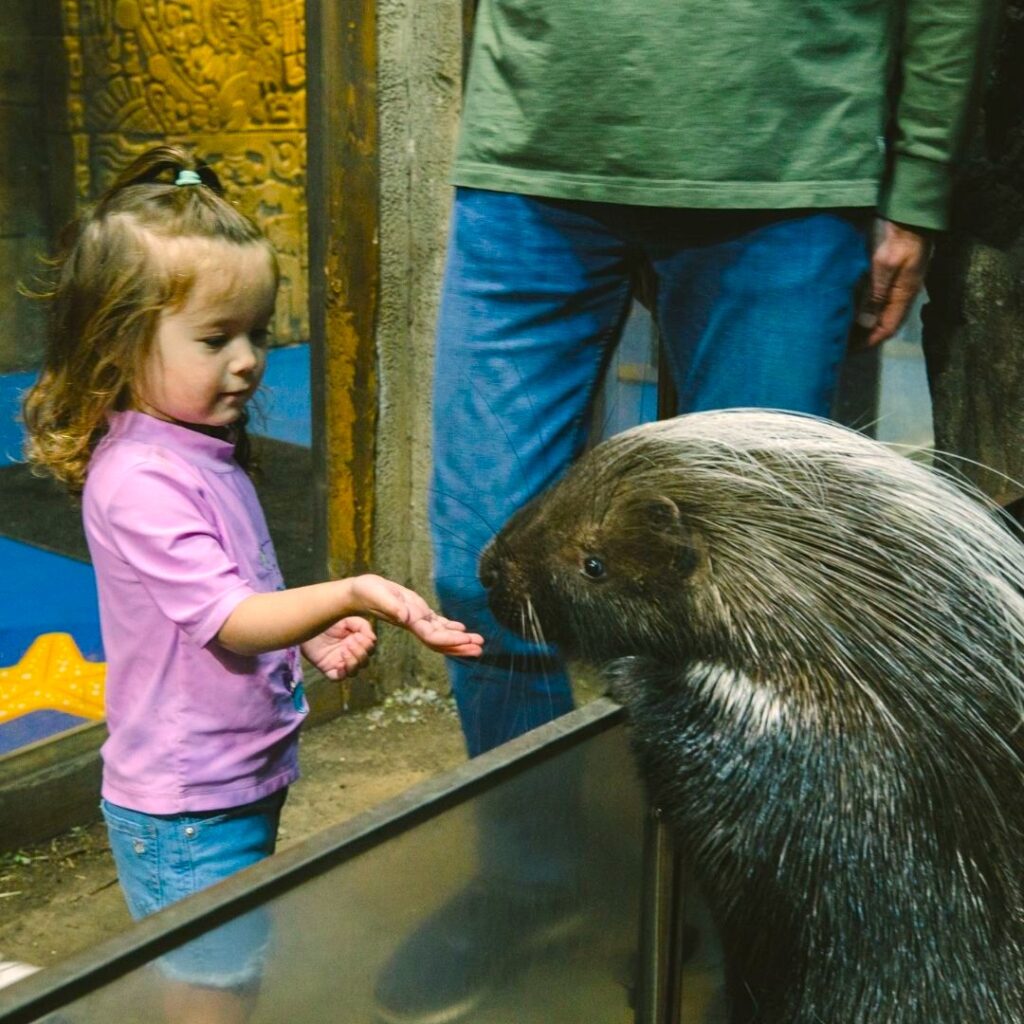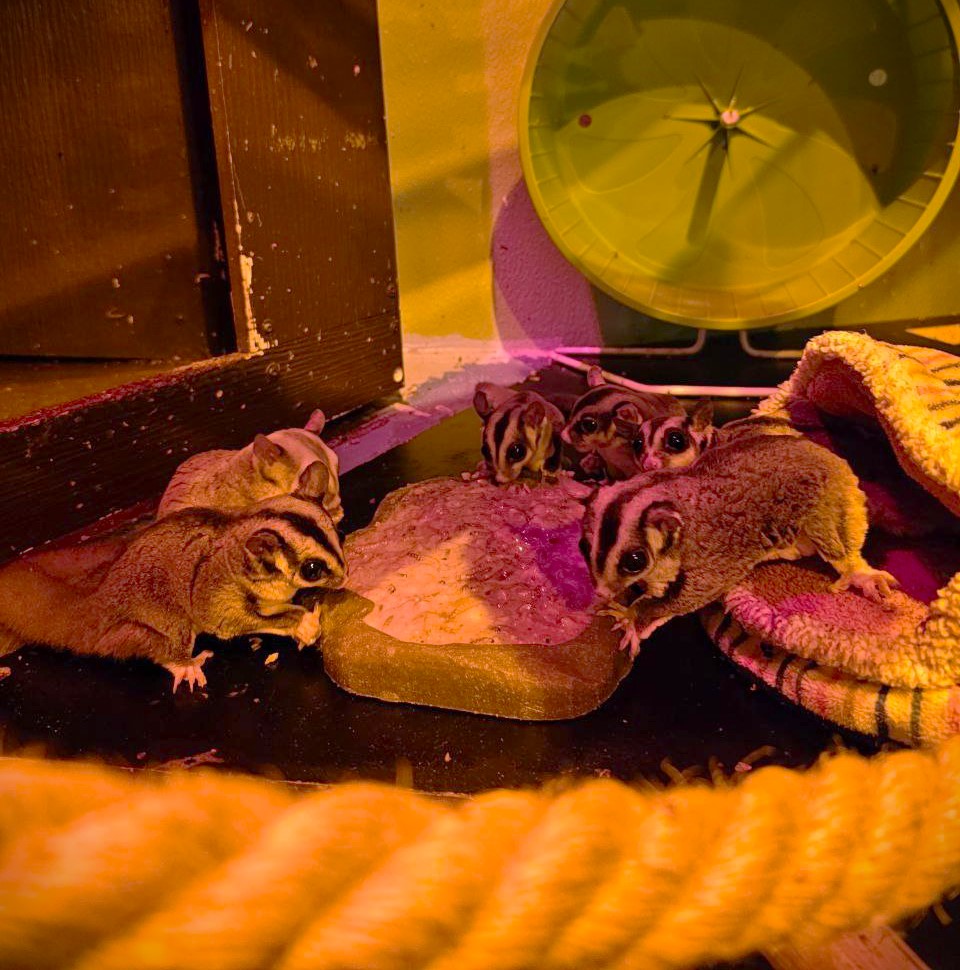Meet the Armadillo!
Share it on:

What is an Armadillo?
Famously known as the state animal of Texas, armadillos are small, stocky mammals found primarily in the Southwest region of the United States, Mexico and into South America.
The term “armadillo” means “little armored one” in Spanish. Armadillos are characterized by their armor-like shell, made up of bony plates covered in tough skin. This shell protects helps protect them from predators and also allows them to dig easel into the ground, creating burrows. They are proficient diggers and are known to build elaborate burrows for shelter and nesting.
Although they are not typically considered invasive, armadillos have been known to cause significant damage to yards and gardens due to their foraging habits for food. Their burrow holes can pose a tripping hazard for humans and animals alike. Despite their somewhat unique appearance, armadillos are interesting creatures that play an essential role in the ecosys
How Many Types of Armadillos Are There?
There about 20 known species of Armadillo, with a few notable ones listed here:
- Nine-banded Armadillo: The only species found in the United States.
- Giant Aramdillo: Largest of the Armadillo species
- Hairy Armadillo: Found primarily in the South American countries of Bolivia, Paraguay and Argentina.
- Three-banded Armadillo: Can roll their bodies into tight little balls.
How Big Do Armadillos Get?
An average, aramdillos grow roughly to the size of a large house cat, and can weigh between 10-17 pounds. They usually reach around 3 feet in length. However, the largest species of armadillo, the giant armadillo, can grow up to 4 feet long and weigh over 100 pounds.
What Do Armadillos Eat?
Armadillos are primarily nocturnal animals, and prefer a diet of insects, grubs,reptiles and other invertebrates.Armadillos have been known to eat more than 100 different insects in a single meal! While most armadillos are content to forage for food on the ground, some species will climb trees in search of their next meal.
How Long Do Armadillos Live?
The lifespan of an armadillo can vary depending on the species, but most armadillos live between 12 and 20 years in the wild. The Nine-banded Armadillo in the U.S. typically lives between 15 and 20 years. However, some armadillo species can live up to 30 years in captivity with proper health care and diet.
Did You Know? Aside from humans, Armadillos are the only mammals in the world that can contract Hansen’s disease, otherwise known as leprosy.
Are Armadillos Dangerous?
Though they may look odd, armadillos are mostly harmless to humans and prefer to steer clear of human interaction. They pretty much “mind their own business” and live pretty solitary lives. However, armadillos will use their claws and teeth in self-defense in they feel threatened or in danger. As long humans respect their space, there is no need to be afraid of armadillos as a danger. They are pretty harmless animals.
Are Armadillos Endangered?
Due to habitat loss and hunting practices, armadillos are currently listed as “Near Threatened” on IUCN’s Red List of Threatened Species.
SeaQuest is committed to protecting our world’s oceans and endangered animals. We focus on how to be proactive in finding solutions. To learn more Aramdillos and about how you can help SeaQuest protect endangered species, book your visit today at any of the following locations: Utah, Las Vegas, Dallas-Fort Worth, Denver, Sacramento, Minneapolis, Connecticut, Lynchburg, New Jersey, and Atlanta.
~Vince Covino




